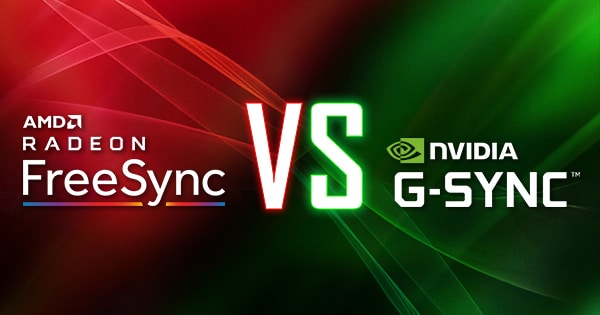FordGT90Concept
"I go fast!1!11!1!"
- Joined
- Oct 13, 2008
- Messages
- 26,263 (4.29/day)
- Location
- IA, USA
| System Name | BY-2021 |
|---|---|
| Processor | AMD Ryzen 7 5800X (65w eco profile) |
| Motherboard | MSI B550 Gaming Plus |
| Cooling | Scythe Mugen (rev 5) |
| Memory | 2 x Kingston HyperX DDR4-3200 32 GiB |
| Video Card(s) | AMD Radeon RX 7900 XT |
| Storage | Samsung 980 Pro, Seagate Exos X20 TB 7200 RPM |
| Display(s) | Nixeus NX-EDG274K (3840x2160@144 DP) + Samsung SyncMaster 906BW (1440x900@60 HDMI-DVI) |
| Case | Coolermaster HAF 932 w/ USB 3.0 5.25" bay + USB 3.2 (A+C) 3.5" bay |
| Audio Device(s) | Realtek ALC1150, Micca OriGen+ |
| Power Supply | Enermax Platimax 850w |
| Mouse | Nixeus REVEL-X |
| Keyboard | Tesoro Excalibur |
| Software | Windows 10 Home 64-bit |
| Benchmark Scores | Faster than the tortoise; slower than the hare. |
It should be noted that AW3420DW is really new. G-Sync modules in the past relied on some kind of GeForce/G-Sync communication before the GeForce would start sending frames as they were produced (it wasn't a DisplayPort standard then). Maybe the latest version of the G-Sync module relies on the DisplayPort standard to unify G-Sync and G-Sync Compatible (and by extension, FreeSync) on the implementation side.
Best explanation I got even though Dell says the monitor is 1.2 when adaptive sync was introduced in 1.2a. FreeSync/G-Sync Compatible shouldn't technically work with it at all.
Best explanation I got even though Dell says the monitor is 1.2 when adaptive sync was introduced in 1.2a. FreeSync/G-Sync Compatible shouldn't technically work with it at all.




